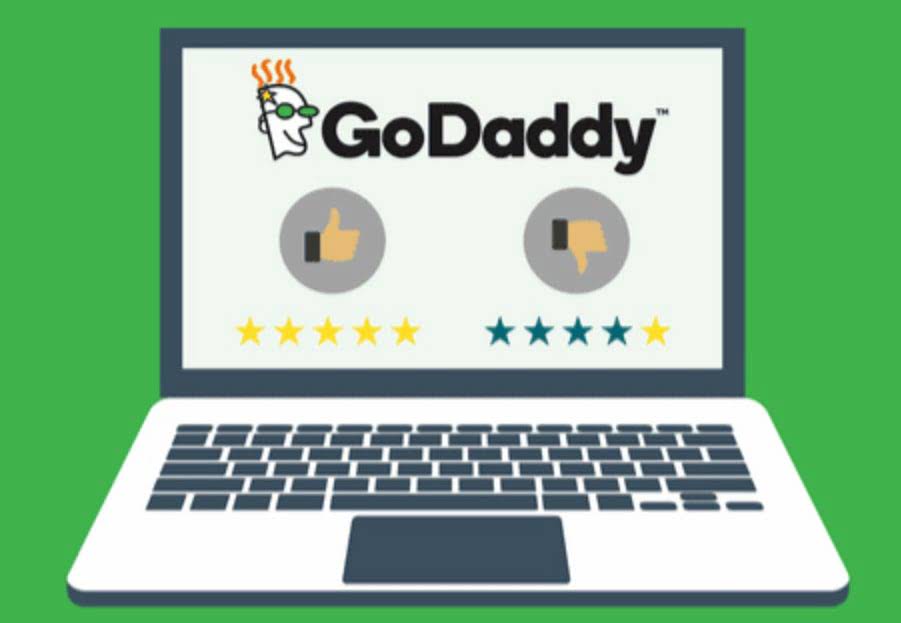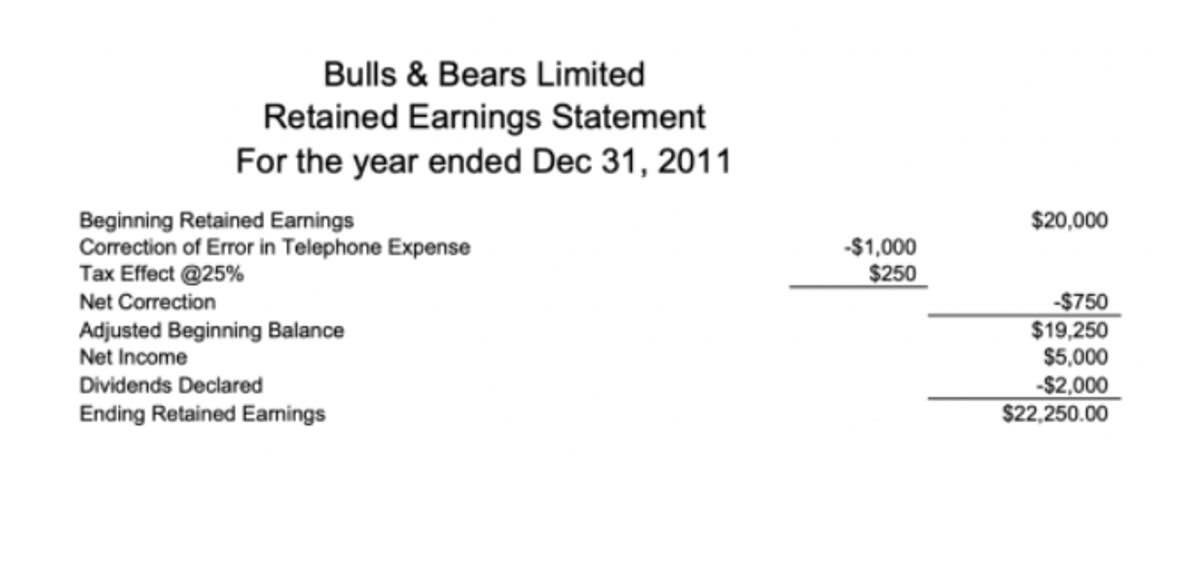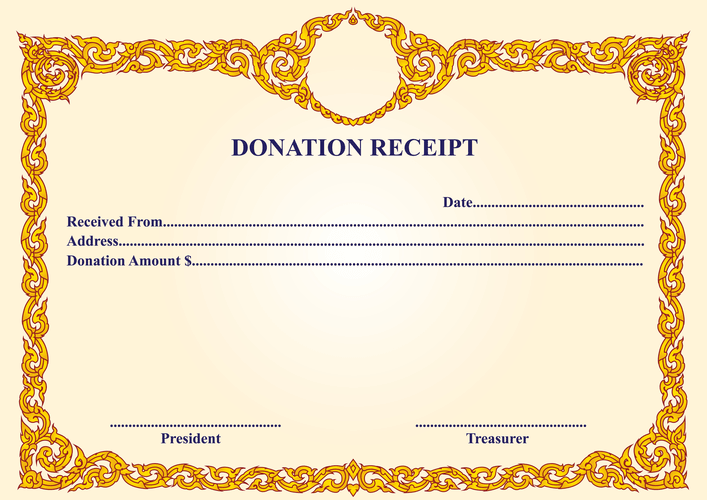What is Amortization? 10 different types of amortized loans
January 29, 2021

A design patent has a 14-year lifespan from the date it is granted. Loan amortization plays a big part in ensuring that the principal owed by a borrower is reducing, at least in line with the rate at which the underlying asset is losing its value. Depreciation applies to expenses incurred for the purchase of assets with useful lives greater than one year. A percentage of the purchase price is deducted over the course of the asset’s useful life. Let’s say you have a car loan of $15,000 with an interest rate of 3%, and the loan term is five years.

The Partial Amortization Schedule

You pay installments using a fixed amortization schedule throughout a designated period. And, you record the portions of the cost as amortization expenses in your books. Amortization reduces your taxable income throughout an asset’s https://www.bookstime.com/ lifespan. Amortization refers to the reduction of a debt over time by paying the same amount each period, usually monthly. With amortization, the payment amount consists of both principal repayment and interest on the debt.
- It helps to identify the portion of a loan payment that consists of interest versus principal, which can give investors a better understanding of the company’s true earnings.
- These regular instalments are generated using an amortization calculator.
- To accurately record the periodic payment of an intangible asset, make two entries in the company’s books.
- The amortization concept is subject to classifications and estimates that need to be studied closely by a firm’s accountants, and by auditors that must sign off on the financial statements.
- Depending on the payment method used, some payment periods can be quite high, causing cash flow issues within the business.
Amortized Loan: What It Is, How It Works, Loan Types, Example

Different companies’ interest payments and overall tax liabilities can be compared to better understand the business’s financial position. Instead, you must make a large payment at the end of the loan term to pay off the remaining balance. The payments are typically based on the borrower’s ability to repay and may include a grace period to give the borrower time to find employment before they start making payments.
- With a home equity loan, you can use the money for various purposes, such as home improvements, consolidating debt, or other large purchases.
- In general, longer depreciation periods include smaller monthly payments and higher total interest costs over the life of the loan.
- GAAP does not allow for revaluing the value of an intangible, but IFRS does.
- A greater portion of earlier payments go toward paying off interest while a greater portion of later payments go toward the principal debt.
- A loan term is a period of time over which specific loan features have been negotiated (like interest rate, blended payment amount, etc.).
- Amortized loans apply each payment to both interest and principal, initially paying more interest than principal until eventually that ratio is reversed.
#2. Declining balance method
- So, at the end of the loan period, the final, huge balloon payment is made.
- The most common types of amortizing loans include auto loans, personal loans, mortgage loans, home equity loans, and student loans.
- For intangible assets, knowing the exact starting cost isn’t always easy.
- The original office building may be a bit rundown but it still has value.
Whether for a business or an individual, the purpose of the loan, method of repayment, interest rate, specific terms, and time involved must all be tailored to the goals of the borrower and the lender. In this chapter, we will focus on fixed-rate loans, although other alternatives exist. Accountants must record debts properly on balance sheets, make proper journal entries into the accounting books, and track interest expenses clearly. Depreciation of fixed assets uses similar amortization processes and schedules. Bond premiums and discounts (discussed in Chapter 14) also use amortization.
- With a reducing loan, some portion of the original loan amount is repaid at each installment.
- With ARMs, the lender can adjust the rate on a predetermined schedule, which would impact your amortization schedule.
- The payments usually remain the same throughout the loan term, but the portion of each payment that goes to principal and interest will change.
- It works by gradually paying off the loan balance over the payment period, with the interest payments becoming increasingly smaller each month.
- Similarly, lenders develop loans and lines of credit for individuals.
- This linear method allocates the total cost amount as the same each year until the asset’s useful life is exhausted.
Along with the useful life, major inputs into the amortization process include residual value and the allocation method, the last of which can be on a straight-line basis. Since a license is an intangible asset, it needs to be amortized over the five years prior to its sell-off date. For example, if a large piece of machinery or property requires a large cash outlay, it can be expensed over its usable life, rather than in the individual period during which the cash outlay occurred. This accounting technique is designed to provide a more accurate depiction of the profitability of the business. This process shifts the asset from the balance sheet to the income statement, allowing a better understanding of the asset’s status and utilization. Both are used to determine the actual cost of assets a business holds, though they differ in terms of the type of asset and how the cost is expensed.
What is Amortization? 10 different types of amortized loans
Solve for the payment (\(PMT\)) using Formulas 9.1, 11.1, and 11.4. It is important to remember, though, that in actuality there is no “missing penny” in these calculations. If you were not rounding numbers, this “missing penny” would never occur.

Using this technique to spread your business’s payments of intangible assets or loans over time will reduce taxes for your business for the current tax year. For however long you are using that asset, you are entitled to a deduction on your taxes. There are typically two types of amortization in accounting amortization examples — one for loans and one for intangible assets. Amortization is similar to depreciation but there are some differences. Perhaps the biggest point of differentiation is that amortization expenses intangible assets while depreciation expenses tangible(physical) assets over their useful life.
Principal portion

